optics
Latest
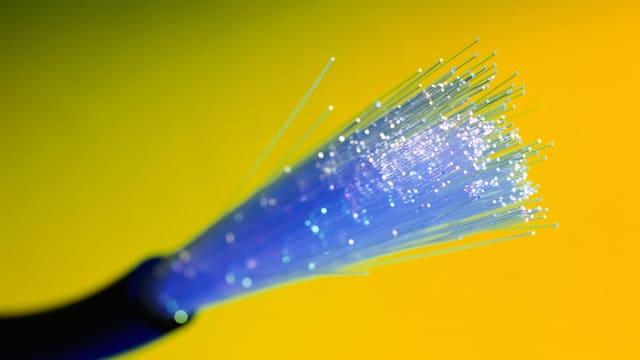
Researchers squeeze 44.2 Tbps through existing fiber optic cables
Researchers in Australia used a device called a microcomb to break the record for the fastest internet connection.
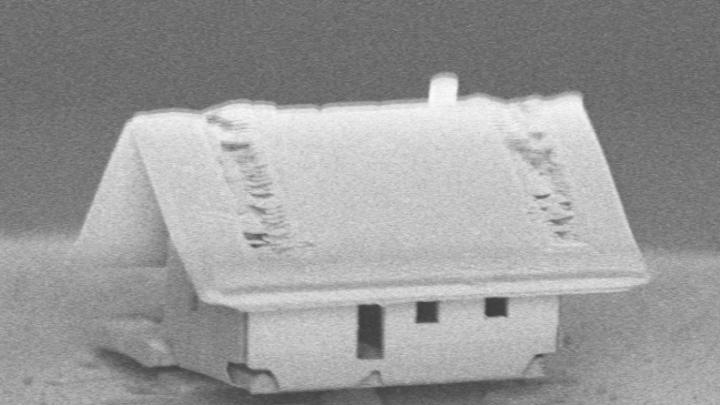
The tiny house craze has gone too far
Researchers in France have built a teeny, tiny house. It's just a few micrometers wide, too small for even a mite to fit inside, and demonstrates that a focused ion beam and a small robot can create 3D microstructures with incredible accuracy and precision. "For the first time we were able to realize patterning and assembly with less than two nanometers of accuracy, which is a very important result for the robotics and optical community," Jean-Yves Rauch, a researcher on the project, said in a statement. The work was published recently in the Journal of Vacuum Science and Technology A.

Corkscrew light beams could lead to practical quantum computers
Who said light only had to travel in boring waves or particles? Not Harvard. Its researchers have found a way to spin light into complex states that promise breakthroughs in multiple fields. They've built metasurfaces whose elaborate optics combine two kinds of light momentum (orbital angular and spin angular) to send light into corkscrews, spirals or even fork-like shapes. If you want to change the light state, you just need to change the polarization of that light.
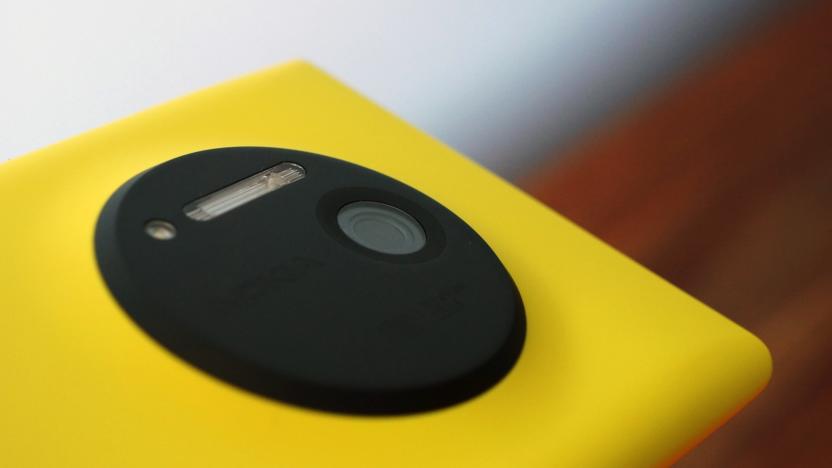
HMD hopes Zeiss can restore 'Nokia' phones to their former glory
Nokia's strong reputation in phone photography stemmed in no small part from its use of Carl Zeiss optics. Whether you had an N95 or a Lumia 1020, you knew the glass wouldn't let you down. But what's happening now that HMD Global is the one making Nokia-branded phones? Are they doomed to photographic mediocrity? Apparently, you can relax. HMD has struck a deal that will see Zeiss' imaging tech used in Nokia handsets. It won't just be limited to lens design, either. The two plan to work together on "standard-defining imaging capabilities" ranging from software to screen quality.
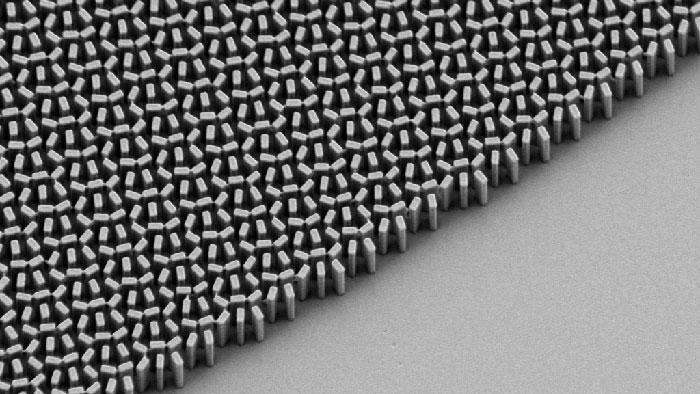
Lenses made from nanomaterials get closer to replacing glass
Researchers recently showed off breakthrough nanomaterial "metalenses" that could replace bulky glass optics. There was one problem, though -- it only worked on a single color at a time, meaning your smartphone could only do arty, monochromatic photos. However, the same team at Harvard's School of Engineering and Applied Sciences (SEAS), has unveiled a new material that works on a spectrum of colors from blue to green, opening up potential applications in specotroscopy, sensing and imaging.

Flexible lens sheets could change way cameras see
Cameras are already embedded in a lot of devices, but what you could wrap them around things like a "skin?" That's the premise of "flexible sheet cameras" developed by scientists at Columbia University. Rather than having just a single sensor, the devices use an array of lenses that change properties when the material is bent. The research could lead to credit card-sized, large-format cameras that you zoom by bending, or turn objects like cars or lamp posts into 360-degree VR cameras.

Smallest-ever optical switch revolves around one atom
We've seen some ridiculously tiny electronics in our day, but this might take the cake. Swiss researchers have built an optical networking switch so small that it's measured on the atomic scale -- in fact, it's smaller than the wavelength of light it needs to transmit data. The system can use just one silver atom to transmit an electrical current between silver and platinum pads. Apply enough voltage and the atom moves into place; stop and the atom shies away. Surprisingly simple, isn't it?
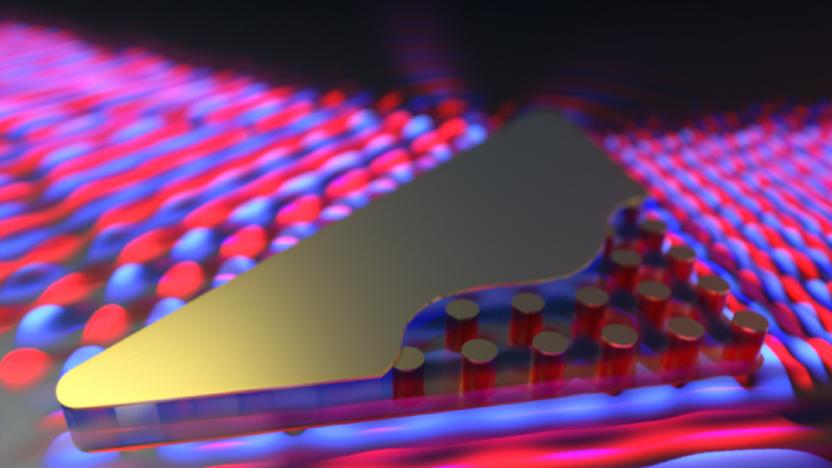
Harvard creates a material that lets light go 'infinitely fast'
Researchers at Harvard University announced recently that they had successfully developed a means of manipulating light at the nanoscale, which could lead to photonic-based (rather than electronic) telecommunications. Think, ubiquitous fiber optics. The team reportedly developed an on-chip metamaterial made from silicon pillars embedded in polymer and wrapped in gold film that exhibits a refractive index of zero. In English, that means that the phase of light passing through this material can travel infinitely fast without violating the known laws of physics.

Researchers inject oil into cells and create little lasers
The Massachusetts General Hospital research team that lit up human cells with the help of jellyfish genes a few years ago are back with a more advanced version of the technology. This new version forgoes the complicated external mirror setup in favor of injectable oil droplets impregnated with fluorescent dye. This is the same basic idea as what a team from St Andrews University recently created, except that the plastic bead that served as the their laser's resonating chamber is now an oil droplet. While the technology isn't ready for therapeutic applications just yet, it does hold a great deal of promise. The problem with conventional cellular markers and dye is that they have a broad emission spectrum which can make it difficult to spot the marked cells amidst the rest of the tissue. But with these miniature lasers, doctors will be able to mark and track individual cells no matter where they are in the body. The team recently published their findings in Nature Photonics.

'Plasmonics' could lead to super-fast optic communications
Researchers at Purdue University have developed a new kind of material that could improve the speed of optical communications by as much as 5000 times the current state of the art. The material is made of aluminum-doped zinc oxide (AZO) and it is able to change the amount of light it reflects by up to 40 percent while consuming a fraction of the power that conventional optical semiconductors consume. By reflecting more or less light, the material can encode and transmit data. What's more, this material operates in the near-infrared spectrum range, which is what is most commonly used in optical communications.

Telescope filter helps spot Earth-like alien worlds
In the hunt for planets around distant stars, the stars themselves are often the worst enemy. They're so bright that you rarely spot anything smaller than a gas giant, which isn't much help when you're trying to find habitable worlds. An alliance of American and Dutch researchers may have the ticket to locating Earth-like bodies, though. They've developed a new variety of coronagraph (a telescope filter that blocks starlight) powerful enough to give a much better view of the objects around stars, even when they're half as far from their hosts as Earth is to the Sun. The key is that it doesn't block light directly, like other coronagraphs -- it instead has the light waves cancel each other out, even in the infrared wavelengths where stars tend to blot out their orbiting companions.

Google's Cardboard Design Lab teaches VR with (what else) VR
Google debuted its larger and more robust Cardboard VR headset at I/O yesterday, now it needs some apps that actually run on it. However, designing a program in a virtual 3D environment is quite different than designing one to run on a 2D touchscreen. That's why Google has also released the Cardboard Design Lab, an app that teaches you the basics of VR design from within a VR environment. The program runs through 10 fundamental design aspects -- from "Using a Reticle" and "Keeping the User Grounded" to "Guiding with Light" and "Gaze Cues" -- all from within the confines of the Cardboard headset. It won't transform you into an VR hacking wizard overnight (as it's not designed to) but CDL will give neophyte coders a solid overview of what they're getting themselves into. And while the lessons learned here can just as easily be applied to designing for the Rift as Cardboard, the app is currently only available on Android.

Scientists achieve X-ray vision with safe, visible light
If you think X-rays and other forms of radiation have a monopoly on penetrating opaque objects, visible light begs to differ. It actually can pass through things like paint and human tissue, which has powerful implications for medical research and other fields. Regular lightwaves could one day replace X-rays or even allow scientists to remove tumors with lasers instead of risky surgery. The problem is, such light is either absorbed or scattered once it passes through non-transparent items -- making it useless for imaging. Or is it? According to Nature, scientists are honing methods to reassemble scattered light that passes through opaque objects to create a usable image on the other side, Superman-style.
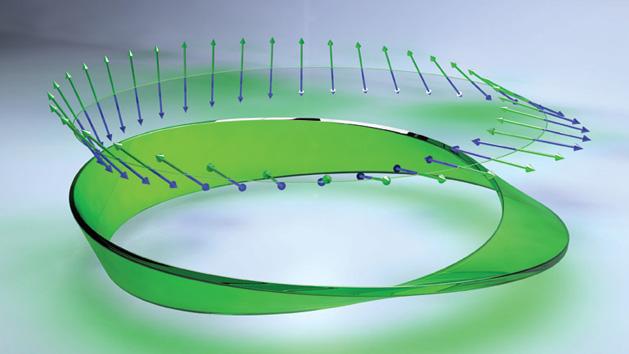
Scientists make a Mobius strip of laser light
Unless you count incidents in Star Trek episodes, Möbius strips don't really occur in nature -- you have to create that freaky one-sided shape yourself. However, a worldwide team of scientists may have produced the next best thing. They've created a Möbius strip of light by manipulating the polarization of the light's inherent electromagnetic field. The trick involves firing a highly focused laser beam through a liquid crystal lens to give it a very specific polarization. When the light scatters at the focal point with the help of a nanoparticle, that polarization creates tiny, twisted loops. While these strips were made in a lab, of course, the experiment shows that they're at least possible in nature.

Light-bending silicon strips are the key to super-fast computers
No, that's not a barcode you're looking at -- instead, it's the likely future of computing. Stanford University researchers have developed an optical link that uses silicon strips to bend light at right angles, which future processors will likely need to transmit data at super-fast speeds. The key, as you might have gathered, is the series of gaps. When light hits the device, the combination of those gaps and silicon sends different wavelengths left and right. You're not limited to specific light bands or directions, either; you can use an algorithm to design the link you need within a matter of minutes.

Carl Zeiss' VR One is a $99 answer to the Samsung Gear VR
Virtual Reality isn't quite here yet, but it's starting to look like consumers will have plenty of options when it arrives: Gear VR caters to Samsung smartphone users, the consumer Oculus Rift is currently under development and Google has even fashioned a bottom-dollar solution that's compatible with almost any smartphone. That said, cardboard is a bit flimsy -- maybe you'd like something fancier, but not locked into Samsung's product line? Take a look at Carl Zeiss' VR One: a $99 smartphone VR headset for the rest of us.
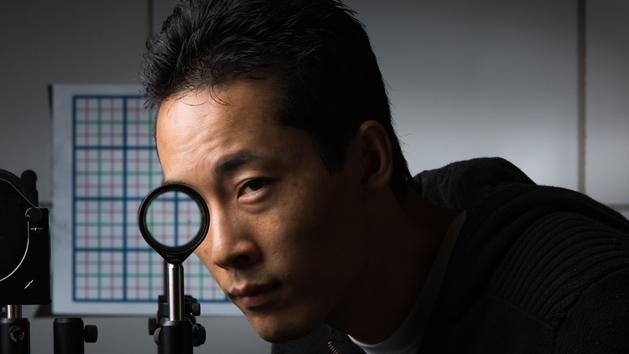
Scientists make an invisibility cloak using off-the-shelf optical lenses
Most invisibility cloaks require fairly exotic technology to work, such as fiber optics or light-altering metamaterials. That's not very practical, especially since the illusion still tends to break when you move. The University of Rochester may have a far more realistic solution, however -- it has developed a cloak that only needs run of the mill optical lenses to hide objects from view. The system really boils down to clever math. By positioning two pairs of lenses in the right order, researchers can bend light in a way that hides almost everything you put in the middle of this arrangement. The approach scales up with the size of the glass, and it works at angles of 15 degrees or more; you don't need to look head-on to see the effect.
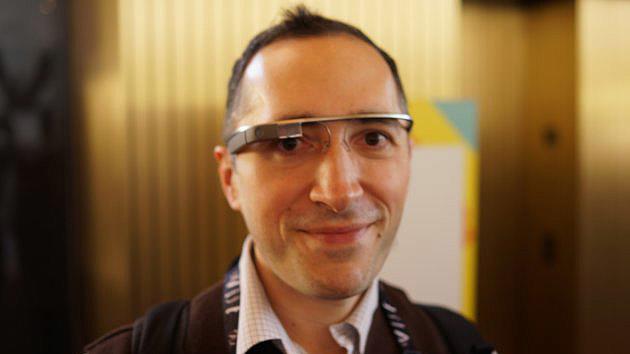
Google Glass founder heads to Amazon
The optics savant that helped Google create Glass has just announced that he's "super excited" to be joining Amazon. Babak Parvis was one of the original members of Google's Project X skunkworks lab, and the first head of the Glass project team. Prior to that, the Seattle resident was a researcher at the University of Washington where he developed the first contact lenses with integrated circuits. Later, he worked with Microsoft on research for blood-glucose monitoring contacts with Microsoft, a project he eventually brought to Google. Parvis didn't say exactly what he'd be doing with Amazon, but projects like Google's Tango, the Oculus Rift and Amazon's new Fire phone and Firefly app have made optics designers a hot commodity. Meanwhile, Glass is well past the research stage where Parvis shined, so Google now has design guru Ivy Ross in charge for a likely consumer launch. [Image credit: loiclemeur/Flickr]

Skullcandy unveils Navigator on-ear headphones, we take a first listen to the Aviator's petite 'sibling'
Believe it or not, what you're looking at above is a set of headphones -- let's explain. It's no secret that Skullcandy has been working to improve its tattered repertoire with headphone junkies for the past two years. Nowadays, it's not uncommon to hear generally favorable opinions about its Jay-Z-endorsed Roc Nation Aviators ($150), and the company has apparently taken notice. Aiming to build on the success it's had blending sunglasses with headphones, it's now ready to let loose a "smaller sibling" into the lineup -- and we've been able to get an exclusive first look and listen. Without further ado, say hello to the Navigator. Priced at $99, it features a similar aviator-esque style to Jay-Z's model, albeit in a petite on-ear package -- we'd say the design direction this time is even better looking, too. The cans have collapsible earcups with flat earpads and metal construction (just like you'd find on sunglasses), with a faux leather-wrapped headband and a flat tangle-resistant cable (detachable) which houses an iDevice-compatible three-button remote and microphone. Skullcandy is being light on technical details at the moment, but we do know that the headphones will come in a choice of black or black with blue lenses earcups. Interests piqued? The Navigator will officially land at Apple stores tomorrow, where they'll be an exclusive offering until the end of the month -- in the meantime, join us past the break for our initial impressions.

Seeing is believing, Disney crafts 3D printed optics (video)
A group of engineers from Disney Research have crafted a new method to create interactive objects using 3D printers. Referred to as "printed optics," the lure of this technology is the ability to transform inert 3D models into interactive subjects by embedding 3D printed light piping into an object with minimal electronic components. Illuminated by LEDs and mobile projectors, this new breakthrough in optics has the potential to replace LCD and LED screens to display information on smaller interactive devices. If you find yourself scratching your head trying to visualize such a mojo in action, then check out the video after the break. It will enlighten you.







